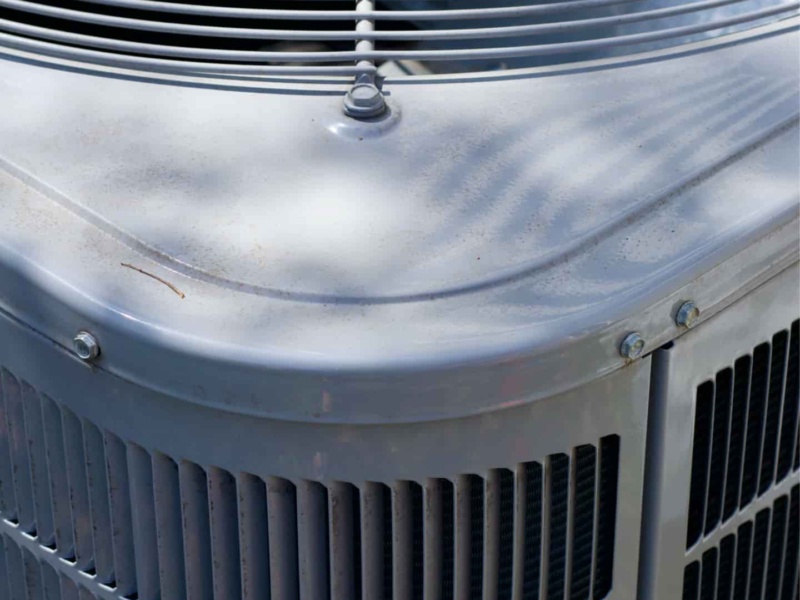Understanding British Thermal Units is essential for optimizing a home's heating and cooling system. This unit of measure is pivotal for ensuring your living space is comfortable year-round.
Whether you're shopping for a new air conditioning unit, evaluating your heating options, or just curious about how these systems work, grasping the concept of BTUs can significantly impact your energy efficiency and comfort levels. The higher the BTU rating, the more energy the system consumes, directly affecting your energy bills. However, a higher BTU rating also means the system can heat or cool a larger space more quickly, potentially leading to energy savings in the long run.
In today's blog, we'll explore BTUs, where they are used, why we use them in the United States, and how they work. Join us as we demystify BTUs.
What Are BTUs?
If you've ever shopped for heating or cooling equipment, you've likely encountered the acronym BTU, which stands for British thermal unit. As a unit of measure, BTUs indicate the amount of energy needed to raise the temperature in a pound of water by a single Fahrenheit degree.
Where Are BTUs Used?
BTUs are used as a unit of energy in heating and cooling solutions and as a standard unit of measurement for rating many household appliances, such as your home's HVAC system.
For example, a residential air conditioning unit will average between 20,000 and 50,000 BTUs per hour. This number indicates how many BTUs can increase or decrease a home's temperature.
Why BTUs are Used in the United States
You might wonder why the United States still uses BTUs when many other countries use the metric system. The reason is partly historical and partly practical. BTUs are a standard unit of measurement in the empirical system commonly used in heating and cooling industries.
BTUs, a small yet powerful unit of measure, are simple for manufacturers and consumers to understand. Since there are 20 BTUs for every square foot (SF), it is easy to calculate the number of BTUs needed to heat or cool a living space based on square footage. This practicality empowers you to make informed decisions about your heating and cooling systems.
For example, if your home is 1,550 SF, you can multiply that SF by 20 BTUs to determine the total number needed in an air conditioner (AC) unit or furnace. That means you would need a unit with 31,000 BTUs to heat or cool your home adequately.
How BTUs Work?
A higher BTU rating means a unit can produce or remove more heat. For instance, if you want to cool 2,400 SF of office space, you'll need an AC with a higher BTU rating.
Similarly, a smaller office of only 900 SF would require fewer BTUs. When choosing the right equipment for your specific needs, the efficiency of BTU usage can also depend on factors like insulation, room size, and outdoor environmental temperatures.
Learn More From an HVAC Expert
BTUs may seem like another technical term, but they play a vital role in daily living, particularly when it comes to heating and cooling. Whether you're a homeowner looking to make your living space more comfortable or a business aiming to save on energy costs and increase energy efficiency, understanding BTUs can help you make better choices and contribute to a more sustainable future. By optimizing your heating and cooling systems, you're not just saving costs but also reducing your environmental footprint.
This knowledge about BTUs can ensure the optimal performance of your heating and cooling systems, leading to long-term cost savings and sustainability. To learn more and get personalized advice for your specific needs, talk with the HVAC experts at Harris Heating and Air by calling (620) 235-9117 in Pittsburg, Kansas, or (417) 310-0132 in Webb City, Missouri. Their expertise will give you the confidence that you're making the right choices for your home or business.
